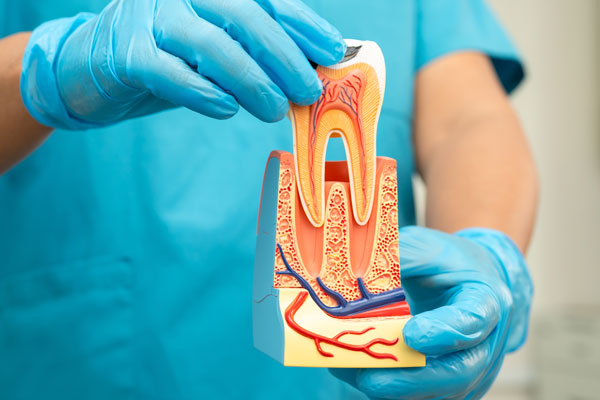 Patients’ health depends on having healthy gums, so many dental practices have tips on that. Flossing and brushing should happen often enough to prevent plaque and tartar buildup. With the right techniques, a patient can have teeth that last for a lifetime. Continue reading to learn more about them.
Patients’ health depends on having healthy gums, so many dental practices have tips on that. Flossing and brushing should happen often enough to prevent plaque and tartar buildup. With the right techniques, a patient can have teeth that last for a lifetime. Continue reading to learn more about them.
Tips from a dental practice on brushing
Cleaning the teeth often happens through brushing. Patients need to keep the place between the gums and teeth clean to stop periodontal disease. Keeping the teeth clean prevents cavities from forming. It is a good idea to brush at least twice a day, taking two minutes to achieve a clean mouth. Still, patients should not brush right after eating since that might cause acids to get ground into the teeth.
Patients might consider using electric toothbrushes, which might work better to remove the plaque and bacteria. The proper technique is also critical since the toothbrush should go at a bit of an angle. The bristles should go where the teeth and gums meet. The patient can use gentle motions to clean the teeth.
Flossing the teeth regularly
A dental practice will often recommend regular flossing to keep the teeth from getting cavities. It is hard to reach the bacteria in the smaller spaces through brushing alone. The patients should use around 18 inches to two feet of floss and wind it around the middle finger. A bit can go around the other hand’s finger. The patient can then gently guide the floss between the teeth using a rubbing motion.
Patients can floss one tooth each time and repeat the process for each one. As the patient moves on, they can unwind a bit of floss, so each space gets a clean section. If it is hard to use floss, there are other tools available. That includes pre-threaded flossers, interdental cleaners, and small brushes. The dentist can give the patient more tips on how to find the right tools to use.
Other oral care tips from a dental practice
Besides flossing and brushings, the patient might also want to use mouthwash. If it has fluoride, it can keep the teeth stronger. Patients should avoid using objects such as toothpicks to keep the area clean. These might damage the gums, allowing bacteria to enter. Smokers should try to stop the habit since it increases the risk of getting gum disease.
When should patients go to a dental practice?
To prevent gum disease, patients should have regular dental exams and cleanings at the dentist. That should also include getting X-rays done. Patients should talk to the dentist if there are symptoms or signs of issues. That might include:
- Gums pulling away from the teeth
- Swollen or red gums
- Sensitivity to cold and hot
- Bleeding when flossing and brushing
- Loose teeth
- Painful chewing
- Bad breath or another taste in the mouth
Make an appointment at the dental practice today
A dental practice can help a patient learn more about caring for the teeth. Good oral care begins at home. Detecting issues early on can help the patient’s teeth last for a lifetime. That starts with making an appointment to reduce the chances of getting gum disease.
Recent Posts
Your dental practice might have already told you that sugar is horrible for both teeth and gums. That includes candy, cookies, cake, and pies but also sweet sodas. The average person in the U.S. drinks almost 40 gallons of soda a year. That alone keeps a dental practice busy. With that level of consumption, it…
A dental practice offers a range of dental services, and one of those is the exam and cleaning. Designed to help prevent tooth decay, these services involve removing plaque and bacteria. The practice also offers patient education, so patients know how to care for the teeth while at home. These practices can help a patient…
Patients should keep on top of dental practice visits to prevent common oral issues. Gum disease affects many people, and it is essential to care for the gums and teeth early on. Getting an exam and cleaning is about more than just finding cavities. Instead, the dentist can catch a range of oral health issues.…


